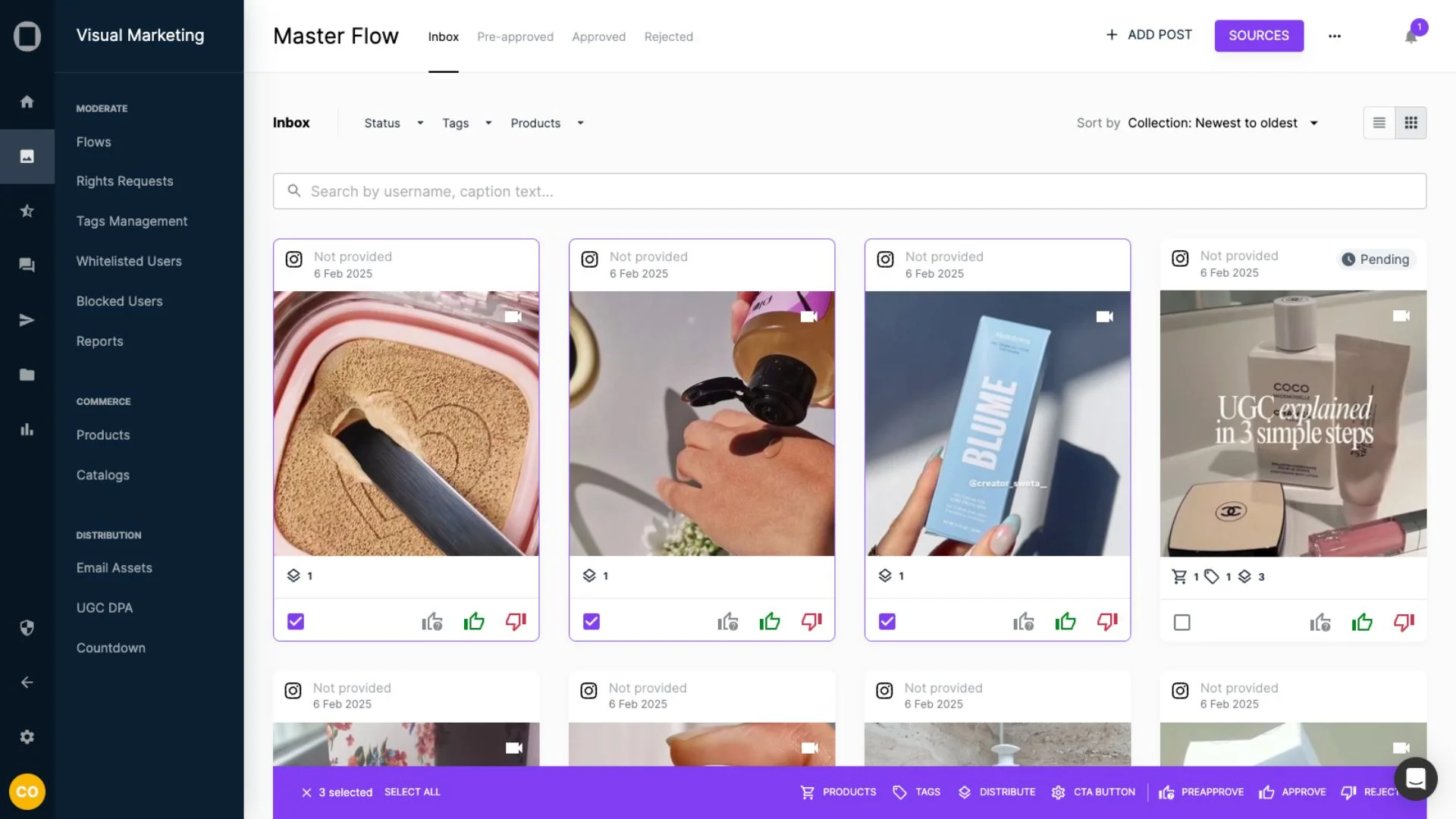Table of Contents
In a major shift that could reshape digital visibility strategies, Instagram has started to allow search engines to index its content directly in search results.
This means public Instagram posts, including images, videos, and carousels, are now more likely to appear in Google search listings—offering a significant visibility boost for both individual creators and the brands they collaborate with.
For companies already investing in user-generated content (UGC) and influencer partnerships, this change marks a strategic opportunity to amplify reach, improve brand discovery, and reinforce trust at key stages of the customer journey.
Until recently, much of Instagram’s content was shown mainly within the app. While profiles could appear in search results, the individual posts—especially those from creators—were mostly invisible to search engines.
Starting July 10, 2025, Instagram will allow search engines like Google or Bing to crawl and index public content from professional accounts. That includes photos, videos, carousels, and reels that were posted on or after January 1, 2020.

Google indexing Instagram content means that users searching for products, reviews, or visual inspiration may encounter Instagram posts in organic search results more frequently.
This presents a new intersection point between search intent and social proof—one that brands should actively leverage.
Instagram’s decision to let Google and other search engines index their content isn’t just a social media update—it’s a strategic SEO shift that directly benefits brands with a solid user-generated content strategy in place.
Here’s why it’s a game-changer:
Brands that encourage customers to share photos, videos, and testimonials on Instagram can now extend the lifespan and reach of that content beyond the app.
When a happy customer tags your product in a reel or carousel, it’s no longer just social currency—it’s also potentially searchable, indexable content that could influence purchase decisions on Google.
Collaborations with creators aren’t just about reaching their followers anymore. With this change, their posts featuring your brand can surface in Google searches related to your products, categories, or niche.
This adds a new layer of discoverability and allows content from trusted voices to act as entry points to your brand.
With Google indexing Instagram content, branded hashtags could now show up in search results tied to visual content.
This gives more weight to hashtag strategy, especially for product launches, seasonal campaigns, and community engagement efforts.
To fully leverage Google’s indexing of Instagram content, brands should rethink how they create, collaborate, and curate social content—not just for Instagram, but now also for search visibility.
Here are three key strategies:
Instagram content can now function like mini landing pages in the search engine ecosystem. To maximise visibility:
Now that creator content can appear in search results, influencer collaborations take on SEO value in addition to reach and engagement.
Not all content is equally valuable for SEO. Prioritise the types of UGC that naturally match what people are typing into Google.
While brands can benefit from Google’s indexing changes organically, using a UGC platform like Flowbox can streamline and scale this strategy.

Flowbox allows brands to collect, manage, and distribute UGC from Instagram (and other platforms) efficiently. This means brands can:
Instagram’s move to let Google index content represents a merging of two powerful digital arenas: search and social. For brands already investing in UGC and influencer strategies, it’s a signal to double down. Not only does this content build trust and engagement on social media—it now holds value on the broader web ecosystem as well.
By combining innovative content partnerships with tools that help you manage and activate UGC, your brand can ride this algorithmic shift to stronger search performance and a deeper consumer connection. Book a demo with Flowbox to implement a UGC strategy and boost your brand sales.